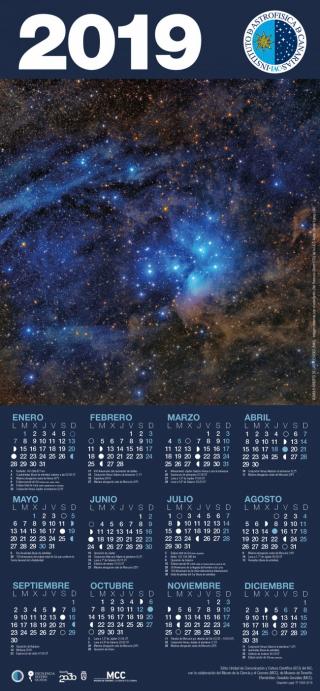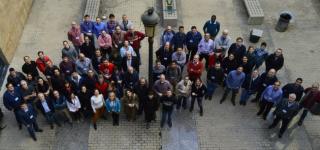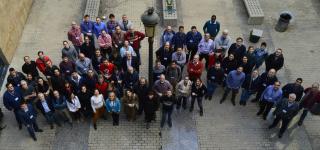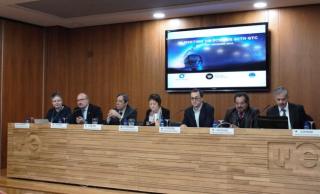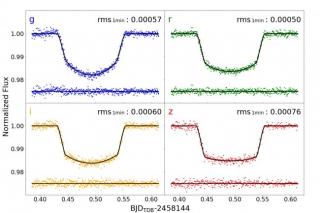
A Japan-Spain international collaboration team has developed a powerful 4-color simultaneous camera named MuSCAT2 on the 1.52m Telescopio Carlos Sánchez in the Teide Observatory, Canaries, Spain. The instrument aims to find a large number of new transiting exoplanets, including Earth-like habitable planets in the solar neighborhood, in collaboration with NASA’s Transiting Exoplanet Survey Satellite (TESS) launched in April 2018.
Advertised on
